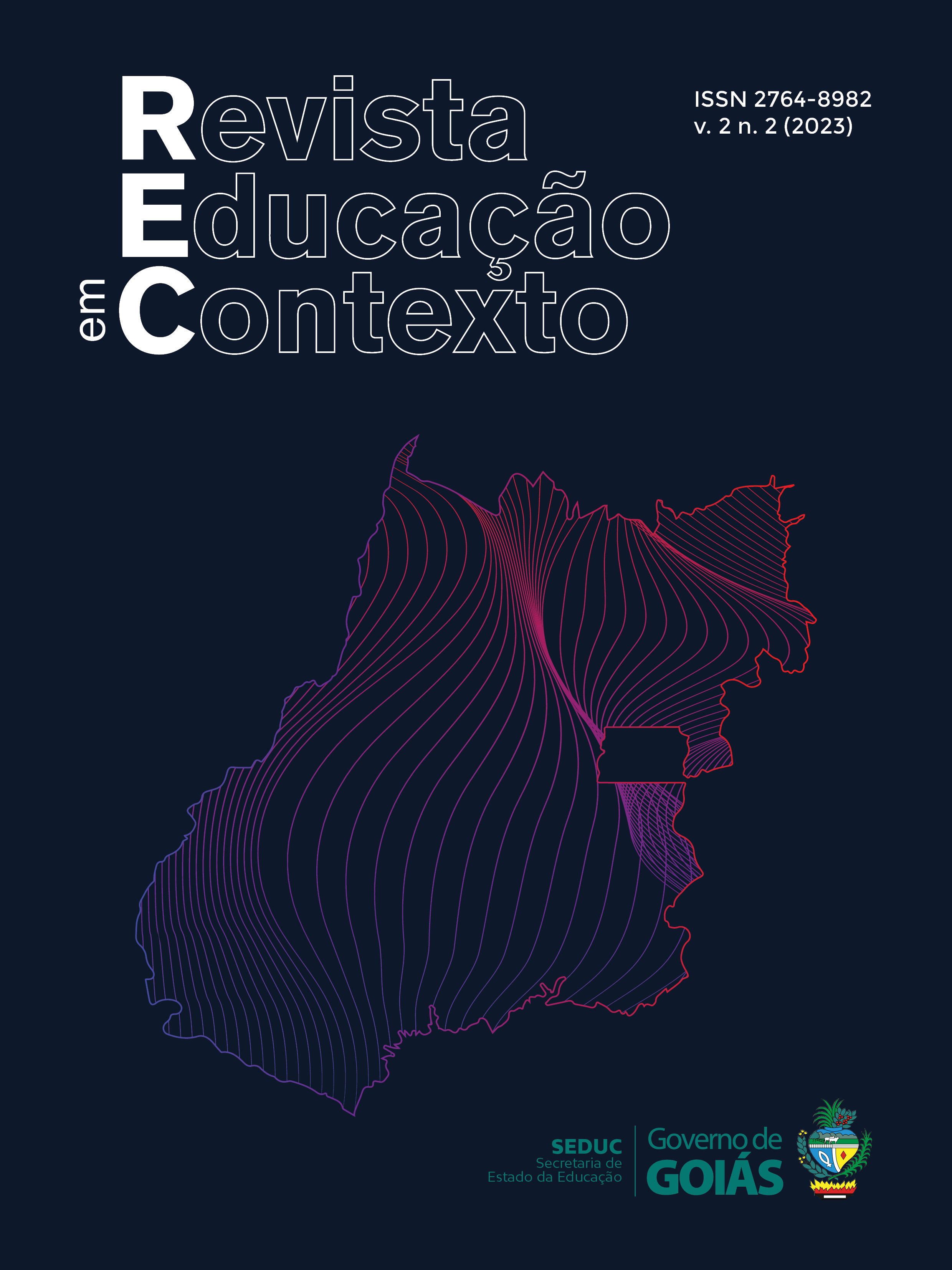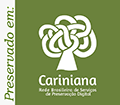The RELATIONSHIP CONTENT AND FORM IN PHYSICAL ISSUES IN MATURE EXAMINATIONS IN GOIÁS (1968 – 1972)
DOI:
https://doi.org/10.5281/zenodo.10201664Keywords:
Physics Contents, Adult Education, Certification examsAbstract
This investigation has as object of analysis the Physics questions of the Physical and Biological Sciences tests (CFB) of the Maturity Exams (1968 – 1972) applied in Goiás. that make up the collection of the Centro Memória Viva – Federal University of Goiás (CMV-UFG). The objective is to analyze the CFB tests of the Maturity Exams to understand the content and form relationship present in Physics questions. The epistemological lens was approximations with the historical-dialectical perspective when describing the immediate empirical elements and later performing analytical dives to understand what is beyond the apparent. It has a quali-quantitative approach and is methodologically characterized as a documentary research of a historiographical nature. 100 Physics questions were analyzed in 8 editions of the certification exam application. The analysis of the Physics tests shows that the contents followed the same sequence as the textbooks that were responsible for the didactic-pedagogical organization in schools. In relation to these contents, the tests of the Maturity Exams mark the predominance of the area of Mechanics. Regarding the relationship with form, the recurrence of pragmatic-functional and descriptive issues was identified. There were no questions within the representational category, in addition to the scarcity of statements that used support. This reflects the formative project of the period marked by technical rationality and reproduction of concepts unrelated to the candidate's real context.
Downloads
Published
How to Cite
Issue
Section
License
Copyright (c) 2023 Ana Santana Moreira, Rones de Deus Paranhos

This work is licensed under a Creative Commons Attribution 4.0 International License.
Direitos Autorais
Autores mantém os direitos autorais e concedem à revista o direito de primeira publicação, com o trabalho simultaneamente licenciado sob a licença Creative Commons CC-BY 4.0 que permite o compartilhamento do trabalho com reconhecimento da autoria e publicação inicial nesta revista.
O conteúdo relatado e as opiniões emitidas nos textos publicados nesta revista são de exclusiva responsabilidade dos autores.



